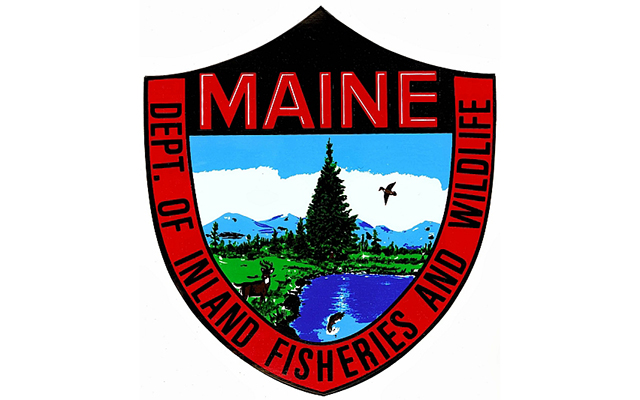ASHLAND, Maine — The Maine Department of Inland Fisheries and Wildlife wants to hear from northern Maine’s fishing community about a proposed strategy to protect the state’s wild trout from the potential negative impacts of live bait.
On Dec. 19, the Maine Department of Inland Fisheries and Wildlife will hold an informational meeting in Ashland about proposed changes to inland fisheries rules for live bait that are aimed at protecting wild trout populations by preventing unintentional introductions of fish that compete with them.
“It’s an opportunity for folks to weigh in on this strategy,” said Francis Brautigam, IFW’s fisheries division director. The meeting will be held at 6:30 p.m. Dec. 19 at IFW’s Ashland Regional Headquarters at 63 Station Street.
The major threat to Maine’s wild trout populations is habitat destruction. Heavy land development in southern Maine has led to diminished trout populations there, while in northern Maine, trout populations overall are strong, Brautigam said.
However, another threat to all wild trout is the unintended introduction of non-native fish species that outcompete them.
“Brook trout don’t compete well with other species,” Brautigam said.
In Big Reed Pond in Pisacatiquis County, the IFW recently undertook a major restoration project of wild trout and arctic char (a member of the trout family) after rainbow smelt, a common bait fish took over the 93 acre pond, he said. The pond’s trout and char were caught and kept in a private hatchery, all of the rainbow smelt were killed off, and then the trout and char were returned.
In October, IFW announced its initiative to protect wild trout through a conservation strategy for the agency’s north region, comprised of Franklin, Somerset, Piscataquis, Aroostook, and northern portions of Oxford and Penobscot counties.
Prompted in part by legislative efforts to add protections for wild trout, the initiative would see changes made to the rules governing the use of live bait fish. The change also would preserve traditional uses of live bait fish in areas where they do not threaten trout.
The plan would prohibit live bait fishing in the IFW’s north region, with exceptions that allow continued live bait fishing in most of the areas where such fishing has traditionally taken place, Brautigam said.
For instance, waterways that are open to ice fishing, such as large lakes, could still use live bait, while many small tributaries and small ponds would be off limits to live bait.
“We made a very concerted effort to find ways to accomplish several different needs,” without adding to the “complexity of the rules,” Brautigam said.
Bait fish businesses have not expressed major opposition to the proposal, and Brautigam said the IFW wants to hear perspectives from fishermen.








